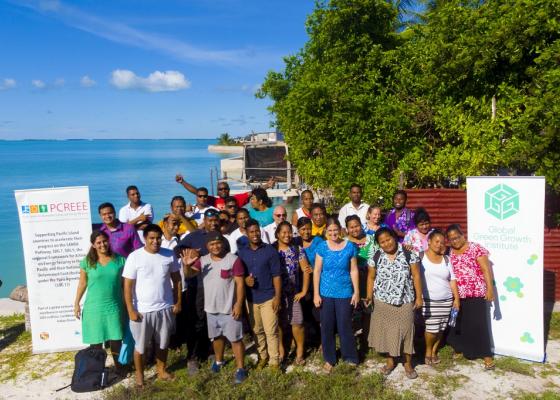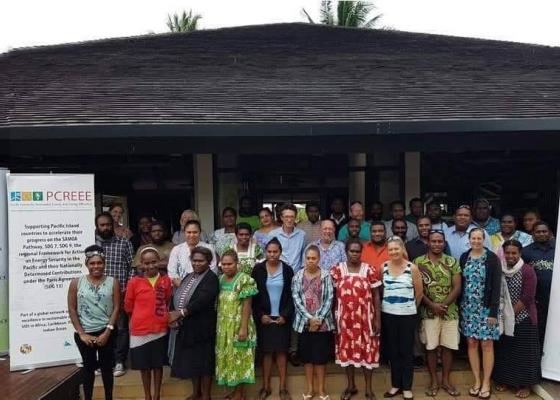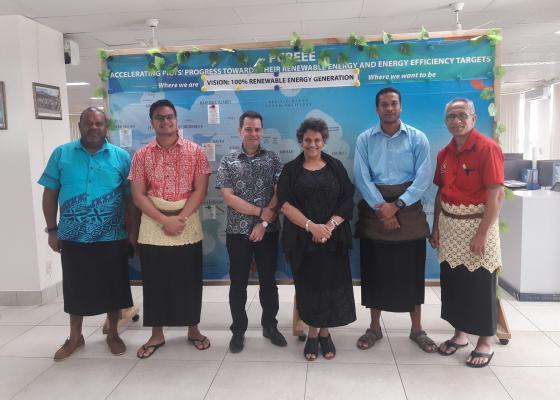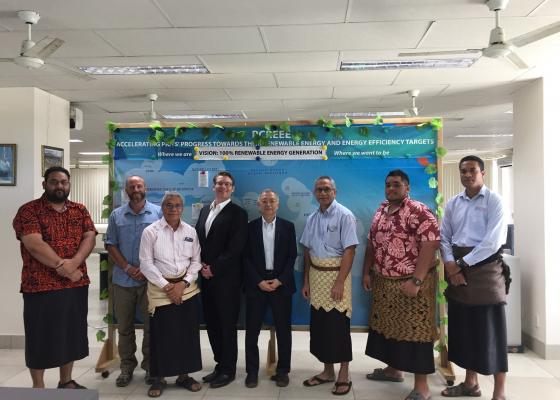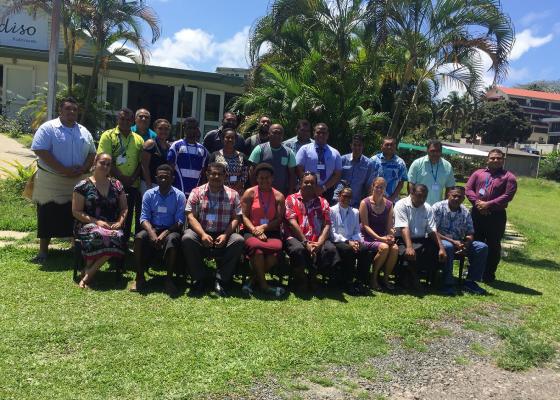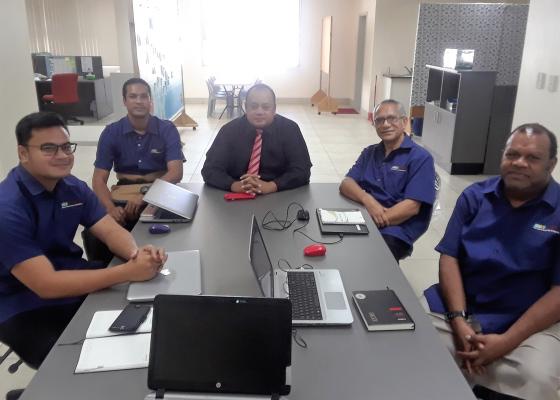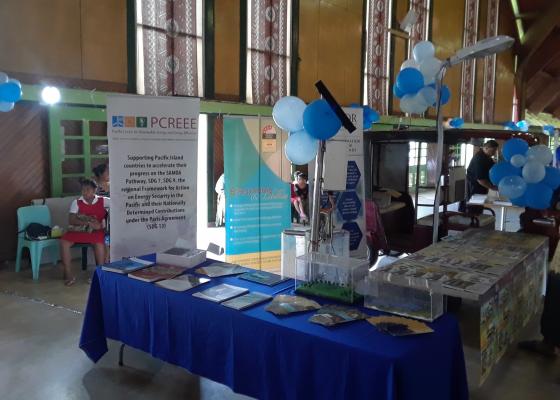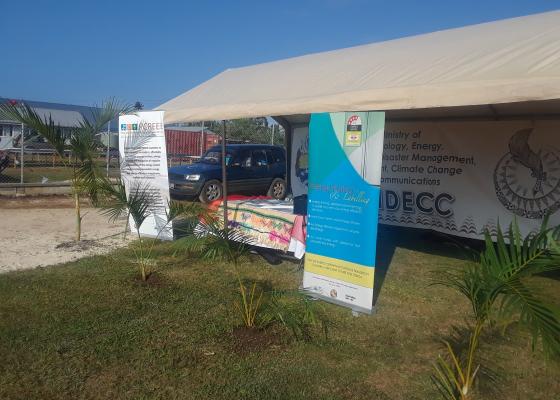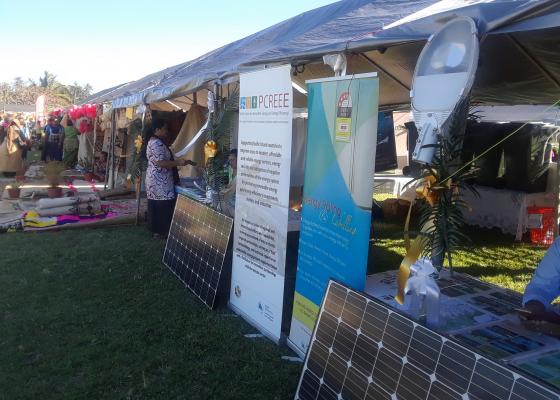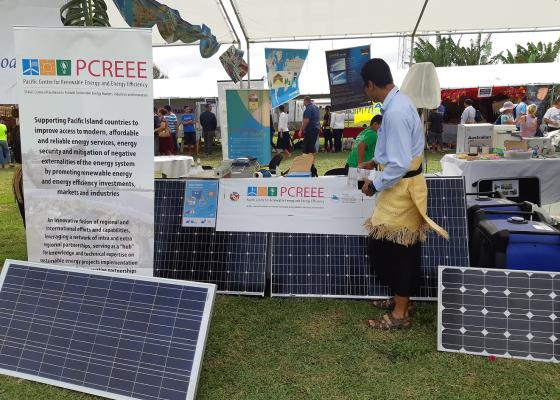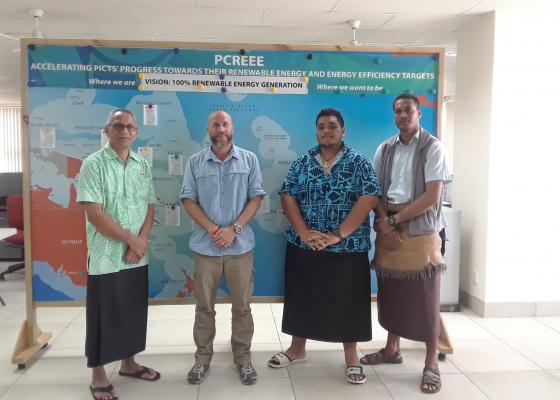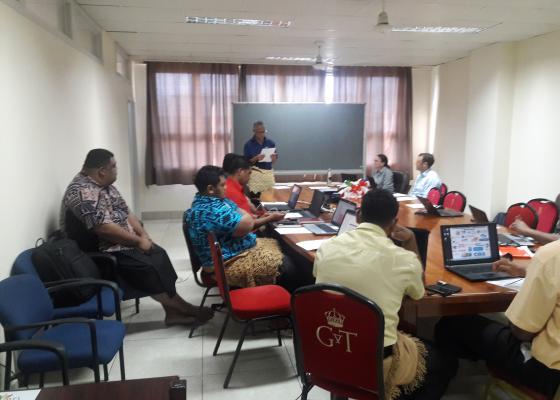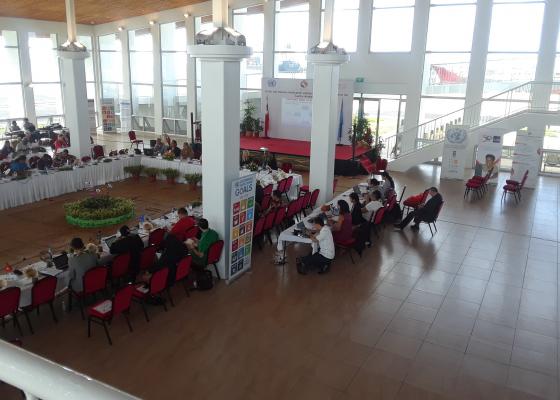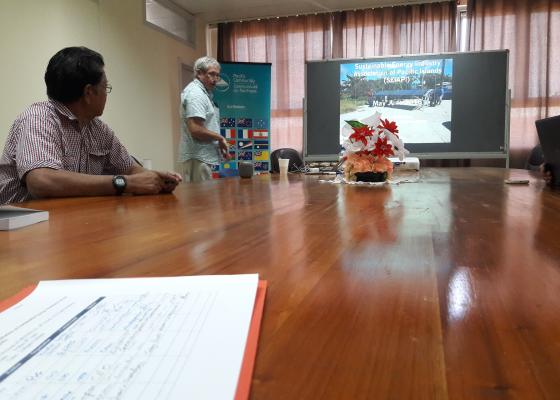Niue Wind Resource Monitoring
A study funded by the Secretariat of the Pacific Islands Forum (an inter-governmental organisation that aims to enhance cooperation between the independent countries of the Pacific region) using a 30-metre wind measurement mast was carried out from 1995–1997. It determined that the wind resource in Niue is moderate but could be economically developed. Ten years of data (1997 to 2007) from Hannan Airport indicates that the average monthly wind speeds are reasonably constant but are highest in September and October and lowest during March. A study in 2007 by Garrad Hassan, a wind energy consulting company, recommended wind installation using tilt-down towers, up to a maximum of 300 kW to limit cyclone risks. Larger installations with complex load-shifting control systems would be necessary for wind energy to deliver more than 20% of the total energy delivered by the NPC grid. A wind turbine installation was initially proposed for EDF-10, but concerns about complexity of control systems required to manage the variability of the wind turbine’s output led the NPC to shift to adding more solar for now. Large-scale wind development for Niue does not entail allocating large land areas for wind farms. Niue’s modest power requirements could be met by three or four turbines to supplement diesel generation. No significant negative impacts on the environment or social problems seem likely from the use of wind power. However, any turbines installed must be designed to survive cyclone passages and must be carefully integrated into the grid to avoid stability problems. Source: IRENA Country Lighthouse Report
Upcoming Events
-
01/19/2026 to 01/23/2026
-
03/02/2026 to 03/03/2026


